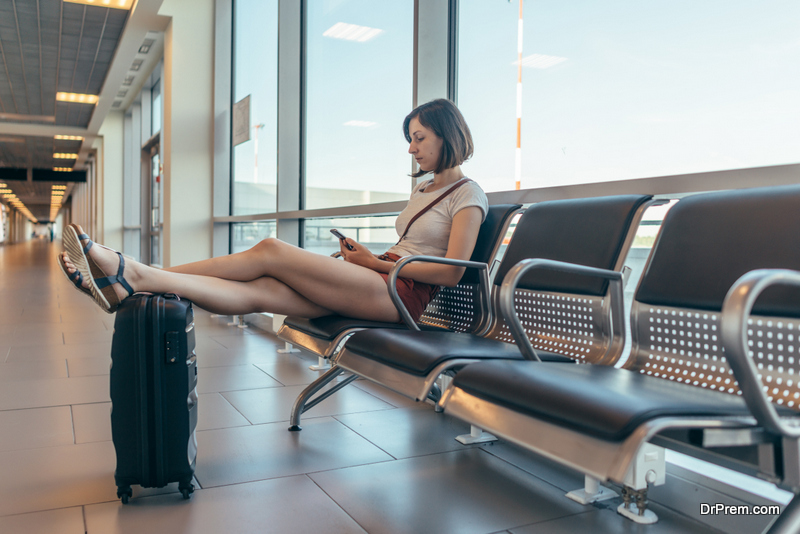“Going green” has become a catchphrase in today’s society. According to German public broadcaster, Deutsche Welle, environmental issues such as pollution, climate change, deforestation, species extinction and soil degradation mean all of us have to start doing our part if we want to counter the ill effects of human overpopulation. With the fate of Earth resting on our shoulders, it’s no wonder that an increased awareness of and devotion to the world’s resources has so permeated our modern way of life. Indeed, sustainable living or “going green” is no longer just for the hippies of the world. Each of us can (read: must!) play a part. Since immigration is more common than ever, and more and more people getting Visas, you can’t expect your immigration lawyer to tell you how to be eco-friendly. Here are seven tips for saving the planet and seeing it all at the same time:
1. Go Direct
There are often many ways to get to a destination. If possible, choose the most direct route and the mode that creates the least amount of carbon emissions. If air travel is warranted, a direct flight is always better than one with connections since the majority of a plane’s fuel is consumed during take-off and landing; thus, minimizing stops minimizes consumption. If you’re traveling in a group, however, and aren’t prohibited by water or distance, think about a road/rail trip. A shared carpool, train or bus ride is often a more sustainable option since multiple people can use the same transportation method to get to the same place, thereby cutting down on the amount of energy consumed and pollution released.
2. B.Y.O.B.
And what’s a picnic without a drink? One of the easiest ways you can help sustain the earth is to bring your own bottle when you travel. Having a refillable container not only cuts down on plastic waste, it encourages you to drink more water!
3. Pack Your Own Food
By extension, packing snacks and meals to eat during your transit will also help you “go direct.” Rather than potentially rerouting your course and wasting time and fuel to search for food or buying single serve meals in plastic containers that have to be thrown away or dining out where unnecessary wastes (water, tableware, utensils, power, chemicals, etc.) abound, bringing your own food can protect resources, conserve energy and, of course, save money.
4. Eat Locally
Once you arrive at your destination, try to avoid large, chain restaurants. Instead, search for local establishments since they are more apt to source their food from nearby farms. This not only saves the carbon emissions resulting from long distance transport, but helps support the regional economy.
5. Use Water Wisely
And speaking of water, traveling shouldn’t be a hindrance to using water wisely. Whether at home or in a hotel, you can choose to conserve water. Take short showers; turn off taps while lathering up, washing your hair, shaving and brushing your teeth; reuse towels; and rewear clothes before washing them.
6. Sleep Locally
Furthermore, look for boutique lodging rather than large, foreign-owned accommodations. Local rooms for rent, bed and breakfasts and other similar housing options are often more likely to have sustainable options for their guests, such as locally sourced food and furnishings, better recycling opportunities and less overall waste since they don’t have to mass produce extensive quantities of supplies (steel, concrete, plastic containers, linens, lights, etc.).
7. Buy Locally
 Finally, buy locally-made souvenirs. Their carbon footprint is less than those made in foreign factories from which they have to be shipped.
Finally, buy locally-made souvenirs. Their carbon footprint is less than those made in foreign factories from which they have to be shipped.
A Final Thought
Going green doesn’t have to be hard nor does it have to be something you only do from the comfort of familiar surroundings. With the right information, you can take sustainable action wherever you go. The key is learning the fundamentals of environmentally friendly behavior. It’s no different than studying a list of EB-1 qualifications and then applying for an extraordinary ability visa, or reading a recipe and then cooking a meal. The right information can be applied over and over and over again, no matter the time or place!
Article Submitted By Community Writer





